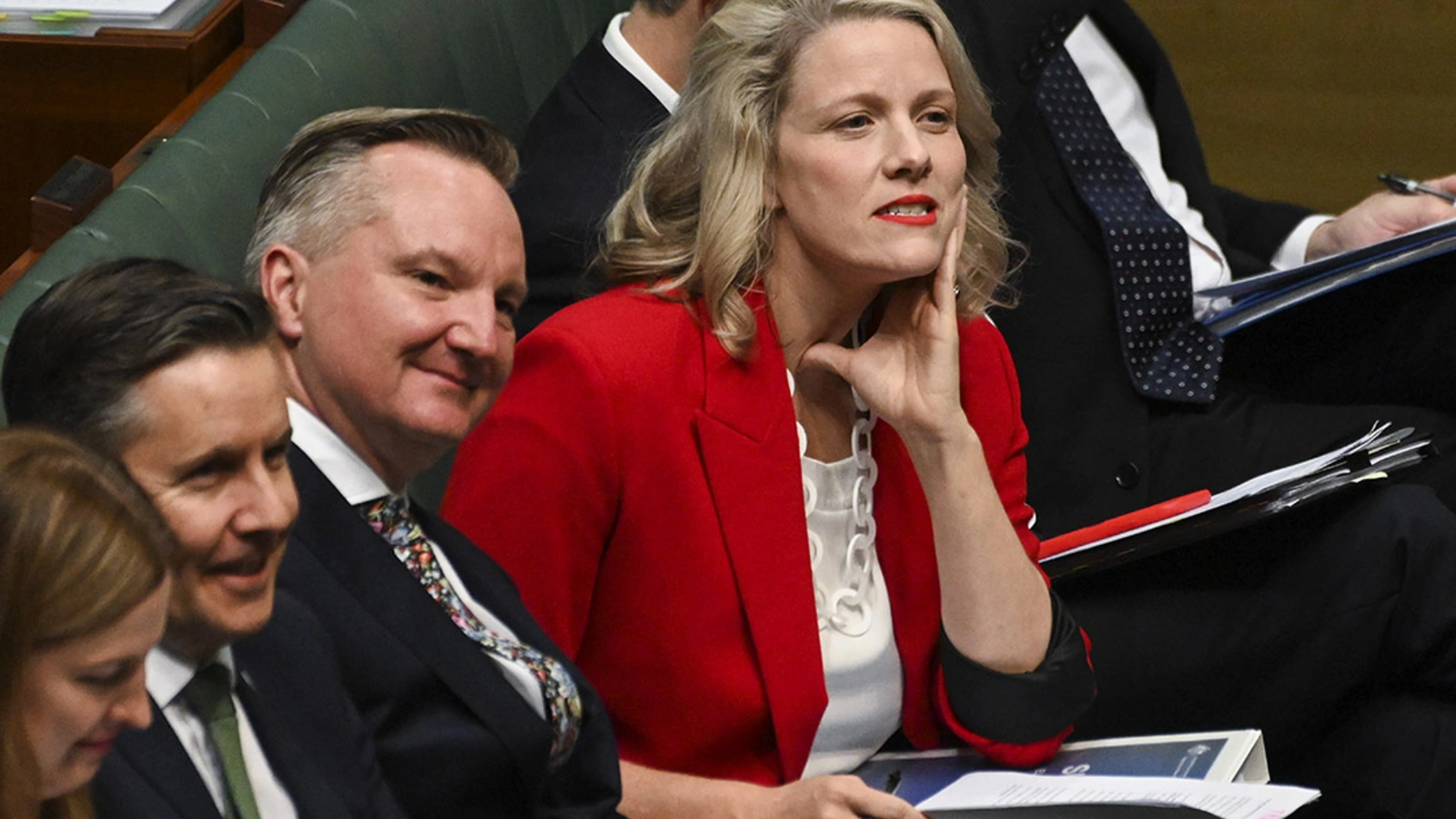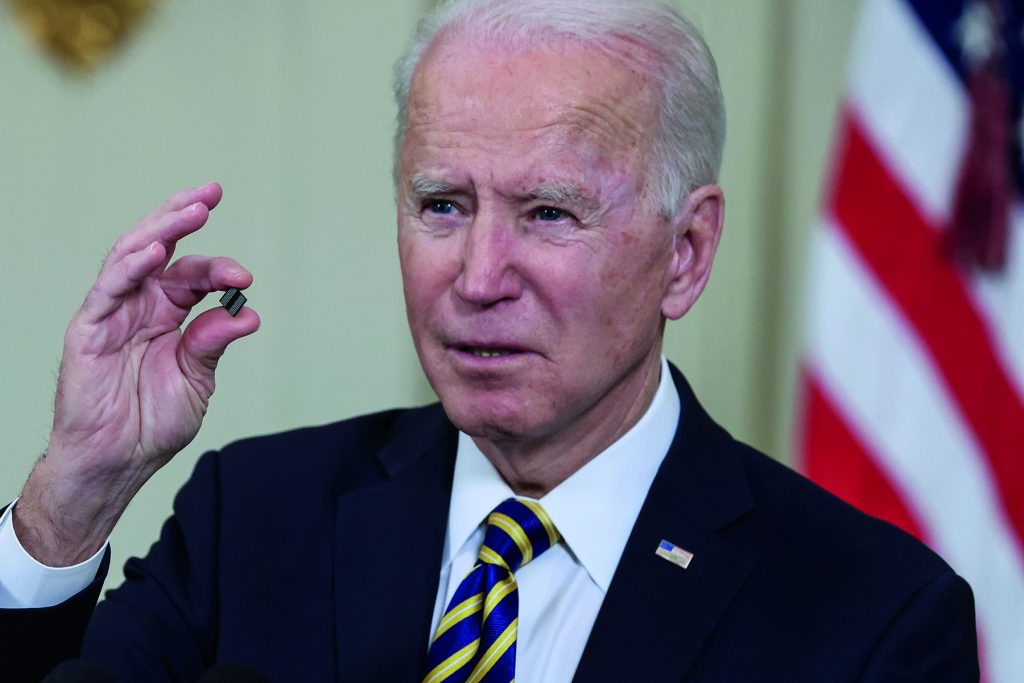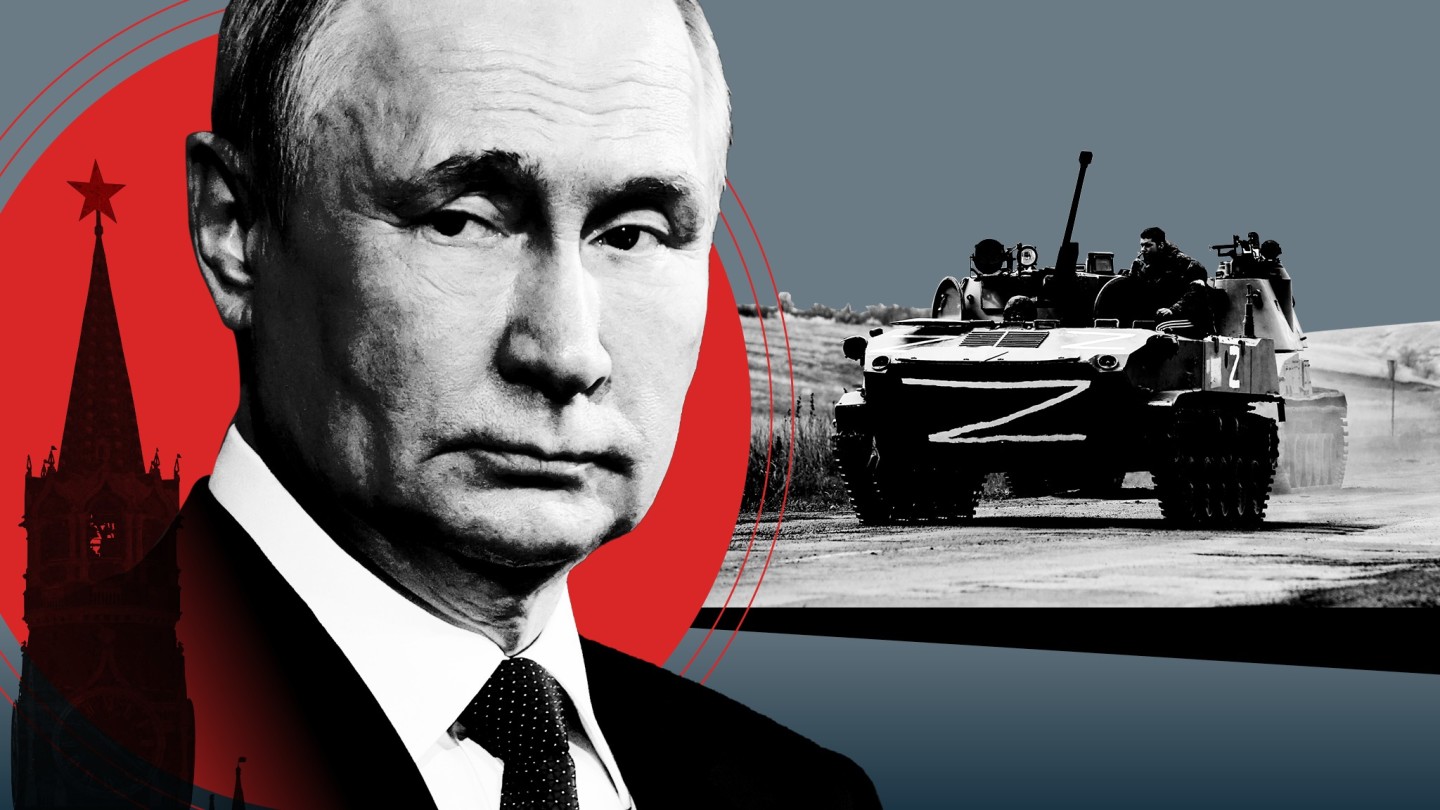Miles Yu
The Chinese Communist Party is waging a cognitive war against Taiwan that is presently in full swing. In this effort it is taking advantage of Taiwan’s free-media environment, which makes it all too easy for many people to fall into the public opinion traps the CCP sets up. As a result, people — some unwittingly — spread malicious rumors, echo China’s false narratives, bamboozle some in Taiwan into believing these deepfakes about their country. All of this is detrimental to Taiwan’s democratic and free system, and to the future of the island democracy.
Beijing’s cognitive war has cultivated three major misconceptions among some Taiwanese people. To win that war, these falsehoods must be understood and combated.
The first misconception Beijing has pushed, and reiterated by some pundits in Taiwan, is skepticism about America’s resolve to defend Taiwan: doubts about the strategic intent, determination, and ability of the United States to militarily intervene if the CCP invades Taiwan. With the deepening and strengthening of the CCP’s interference on Taiwan’s elections, suspicion of the United States in Taiwan has spread quietly alarmingly.










